Are you ever not sure what kind of beans make the best chili? This guide will show you the 10 best beans for chili, so you can enjoy your choice!
Check out the answer at the end of this post. Can you guess how many kinds of beans there are?
Chili is one of America’s most beloved dishes. This hearty, spicy stew offers a delicious medley of flavors and ingredients. And while recipes can vary greatly, most chili contains some type of meat, chili powder, tomatoes, onions, and beans.
But what are the most common types of beans used in chili? Let’s take a look at the top options
Kidney Beans
Without a doubt, red kidney beans reign supreme when it comes to chili. In fact, for many people, kidney beans are an absolute must-have. These large, kidney-shaped legumes provide the iconic look that chili is known for.
When raw, red kidney beans contain a natural toxin So you must properly prepare them by soaking, boiling, and then simmering for a long period. For convenience, most home cooks opt for canned But you can also find precooked and dried kidney beans.
Kidney beans offer a wonderful texture and absorb flavors beautifully. Their meaty bite stands up well to hearty stews. Plus, they provide a hefty dose of fiber, protein, and key nutrients like iron, potassium, and antioxidants.
Due to their mild flavor, they blend seamlessly into chili recipes without overpowering other ingredients. So it’s no wonder they are the chili bean of choice for most people.
Black Beans
Coming in second on the list are black beans. With their smooth, pillowy texture and sweet, earthy taste, black beans pair perfectly with zesty chili.
Since their flavor is naturally strong, use black beans sparingly to avoid dominating the dish. Typically one 14-ounce can is plenty for a large pot of chili. Any more than that, and the deep, earthy notes will overtake the other flavors.
However, when used in moderation, black beans add lovely complexity to chili. They also give your pot an extra boost of protein, fiber, antioxidants, magnesium, and iron.
Pinto Beans
No discussion of chili beans would be complete without pinto beans. In fact, some diehard chili traditionalists insist that pintos are the one true chili bean.
With their pale pink speckled skin and creamy interior, pintos are the most popular bean in Southwest cuisine. And they feel right at home simmering away in a pot of Texas-style chili.
Pintos have a wonderful mild, earthy flavor that blends well with spices. They’re also inexpensive, packed with nutrients like protein and fiber, and easy to find dried or canned.
For convenience, grab a can of flavored pintos made to complement chili seasoning. Or soak and simmer dried ones to control the flavor profile. Just know that uncooked pintos require ample cooking time to soften.
Great Northern Beans
Looking for a bean that won’t affect the color of your chili? Great northern beans are a fantastic choice. These large white beans maintain their color, even with extended cooking. So they work wonderfully in lighter chilis.
Their soft, creamy texture and mild taste make great northerns an adaptable and versatile chili bean. They won’t overpower other flavors or ingredients.
Great northern beans contain lots of fiber to keep you full. And they provide a variety of vitamins and minerals like iron, potassium, magnesium, and folate.
Cannellini Beans
Cannellini beans (aka white kidney beans) are another fantastic choice for pale chilis. Their smooth, buttery texture and subtle flavor won’t compete with other ingredients.
Though similar to great northerns, cannellinis are a bit smaller and hold their shape better during cooking. Their white color looks lovely against lighter meats like chicken or turkey. And their soft bite contrasts nicely with crunchy toppings.
In addition to fiber and protein, cannellini beans deliver iron, magnesium, potassium, and other key nutrients. They make a fab chili bean, especially for white chicken chili.
Dried vs. Canned Beans
When making chili, you can use either dried or canned beans. Here are the benefits of each:
Dried beans give you more control over texture and flavor. But they require advance prep and very long cooking times. Overall, dried beans are less convenient but let you customize your chili bean to your liking.
Canned beans provide an easy shortcut with no soaking or simmering needed. They’re precooked and ready to go right from the can. However, quality and flavor can vary more with canned varieties.
Whichever you choose, look for low-sodium options without added sugars or preservatives. Give beans a good rinse before use. And season them to enhance flavor as they simmer in your chili.
Mix It Up!
Don’t feel limited to just one type of bean in your chili. Mixing varieties creates appealing color and texture contrasts. Popular options include:
- Kidney beans, black beans, pinto beans (classic three-bean chili)
- Kidney beans and black beans
- Pinto beans and cannellini beans
- Kidney beans and Great Northern beans
And don’t overlook other beans like garbanzos, navy, cranberry, or borlotti beans. There are so many delicious options to try in your next pot of chili!
The most important tip is to taste and tweak until you find a combination that suits your personal preferences. Chili is incredibly versatile. So customize it to match your tastes and enjoy!
Tips for Cooking Beans from Scratch
Want to start from dried beans for fuller flavor? Here are some tips:
-
Always sort through dried beans to remove any debris or damaged beans. Rinse well.
-
Soak beans in water for 5-8 hours or overnight prior to cooking. Discard soaking water which can cause gas.
-
Drain soaked beans and place in a pot. Add fresh water to cover by a few inches.
-
Bring to a boil, then reduce heat. Simmer until very soft, anywhere from 90 minutes to 3+ hours depending on the bean.
-
Add more water if needed during simmering to keep beans submerged.
-
Once softened, season beans with spices, broth, veggies, etc. and simmer in your chili.
-
Kidney beans – The most popular chili bean that provides classic texture and visual appeal
-
Black beans – Offer delicious, earthy flavor when used sparingly
-
Pinto beans – Have a mild taste perfect for Southwestern chilis
-
Great northern beans – Retain white color and mild flavor
-
Cannellini beans – Smooth texture works great in white chilis
Mix and match different beans to create your own signature chili. And customize with your favorite meats, veggies, and seasonings.
Whichever beans you choose, chili made with care always tastes amazing. Enjoy this special dish with family and friends. Just be sure to pass the antacids around afterward!
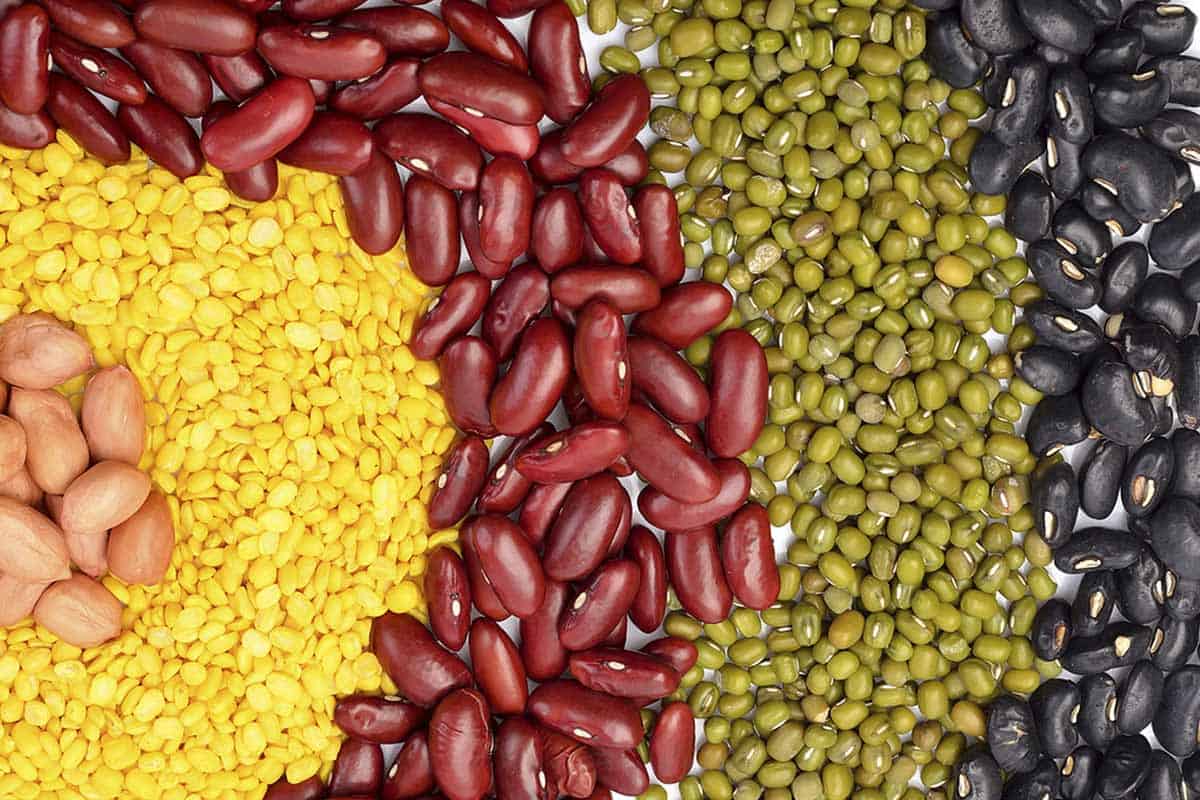
Chickpeas or Garbanzo Beans
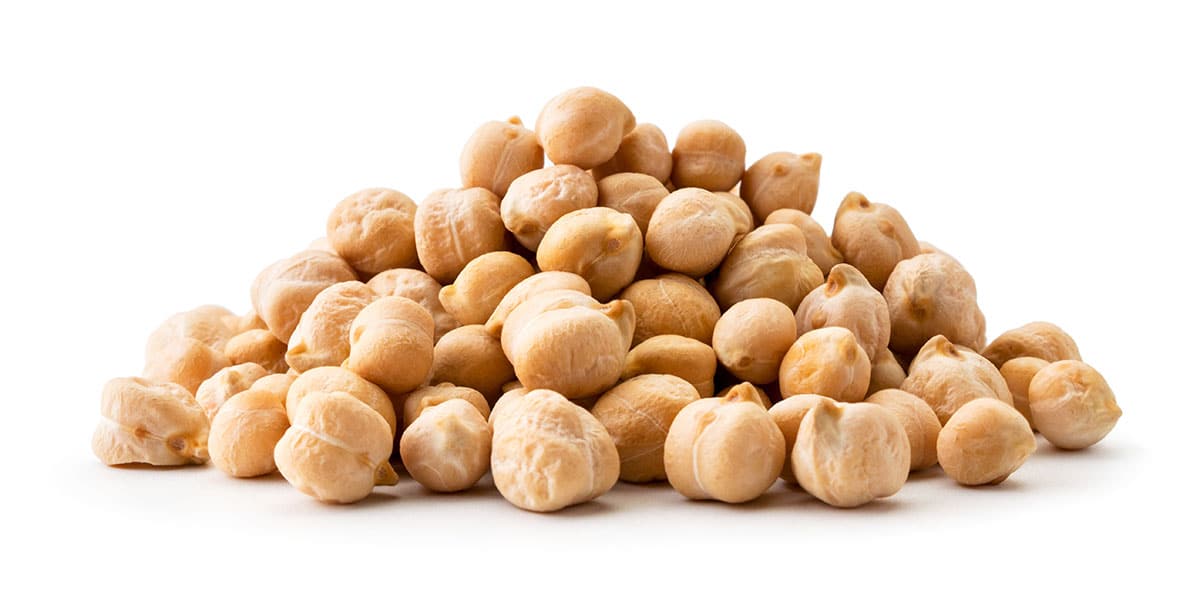
Chickpeas or Garbanzo Beans, two names for the same bean, are a staple among legumes. Chickpeas in a can are the easiest to use, but you can also buy three types of chickpeas that are usually sold dry.
- Kabuli: These are big, beige, and have thin skin. You can find more and more of them in American grocery stores. They have a mild nutty flavor and creamy texture.
- Desi: Small, dark-skinned, and yellow on the inside, these beans are loved all over the world. They have a seed coat that is thicker and healthier than Kabuli beans.
- Green: These are younger chickpeas that taste sweet, like green peas.
Garbanzo beans are a good option for white meat, vegetarian, or vegan chilis. If you want to know more, check out the incredibly healthy little chickpea!.
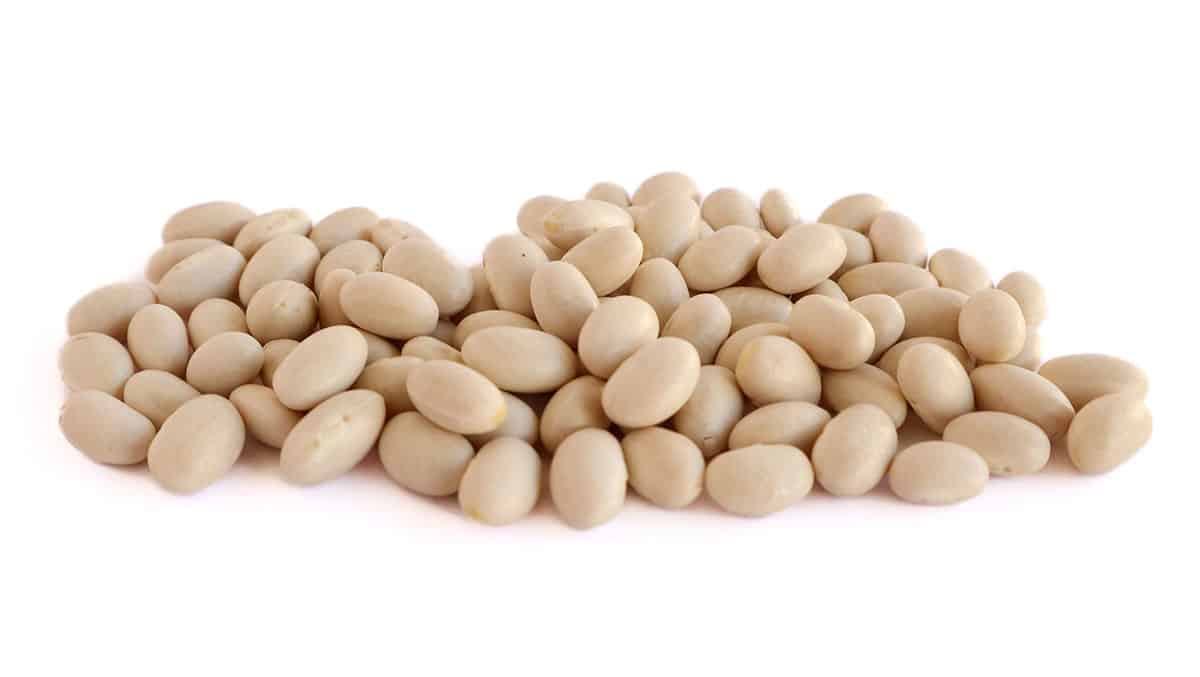
You can also call them White Haricot Beans or Boston Beans. In the early 1900s, Navy Beans got their name from the US Navy. Back then, life in the Navy wasn’t quite like what we see in Top Gun or the ads for joining the military that show “chow.” Navy members ate a lot of beans. You can buy them raw or in a can for faster use, and you can use them in any chili recipe that calls for white beans.
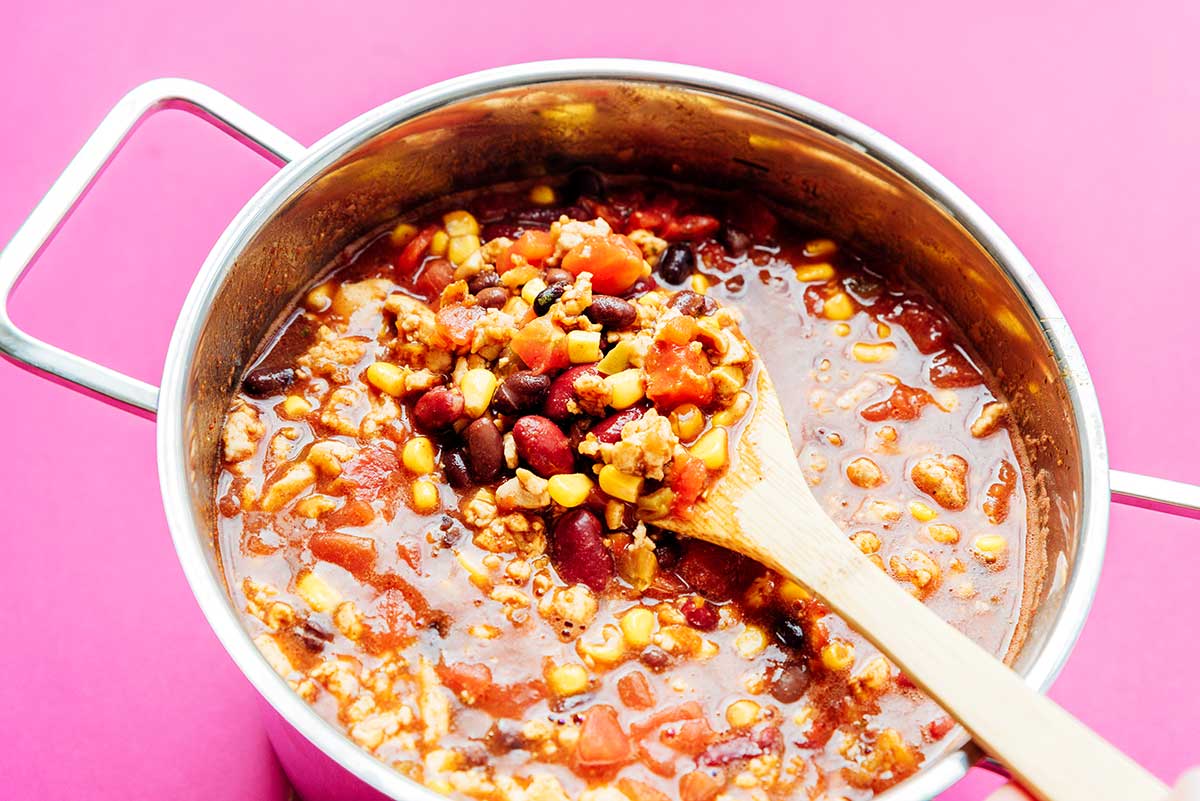
5 Most Commonly Used Beans in Chili
While there are many types of beans that can be used in chili, we think these five are the best ones to start with. I’ve used them all in a variety of delicious (and award winning) vegetarian chili recipes!.
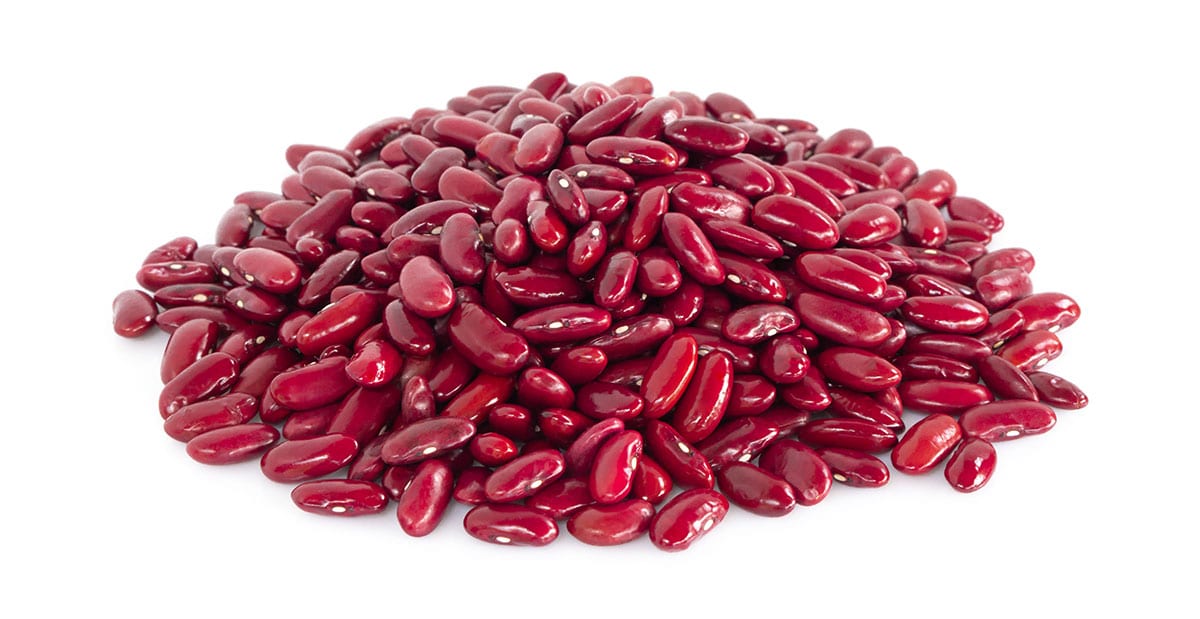
Kids’ beans, also called red beans, are loved all over the world and are used in more US chili recipes than any other bean. They are so commonly used in chili that they are often just called chili beans. They get their name from the shape of their kidneys, and there are both dark and light types.
They absorb other flavors easily and hold their shape and texture well in cooking, not getting mushy easily. They are great in any chili like our Award-Winning Taco Soup. Don’t be fooled by the “soup” label. This chili recipe came from a Live Eat Learn parent who won at least one chili cook-off with it.
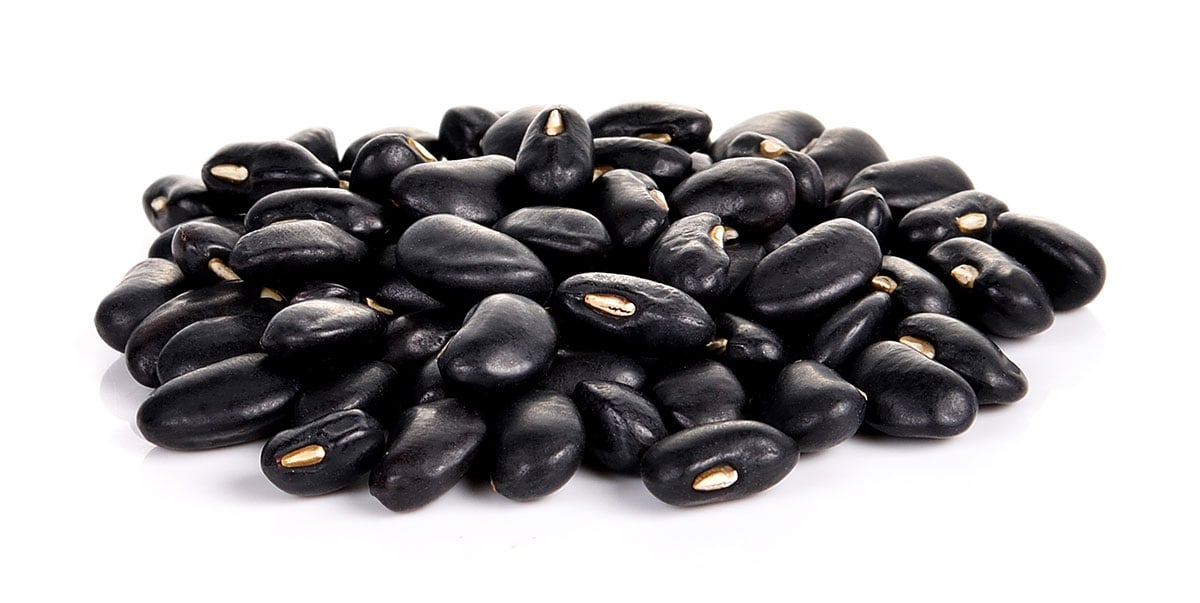
Black beans come from South America and are very popular in Latin American, Cajun, and Creole cooking. In the US, they are often used in chili. They’re not as big as kidney beans, but they cook up the same way and keep their shape in the same way.
As a good source of protein, they are often used in vegetarian chili recipes. This is especially true for people who are vegetarian or vegan. A ½ cup serving has 8 grams of protein and a fair amount of vitamins and minerals.
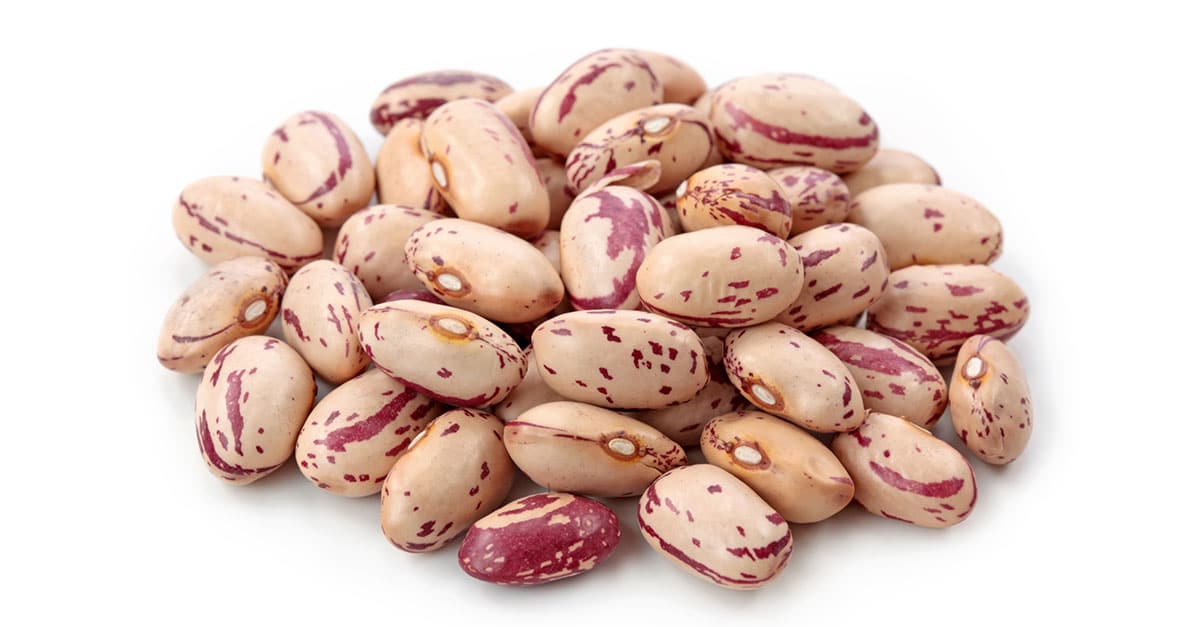
Pinto Beans are probably the most popular bean in Mexico and the US Southwest. They are often mashed to make refried beans. You no doubt eat them routinely in burritos, tacos, or really most Mexican cuisine. Plus, they taste great in chili. Just remember to add them later in the cooking process than other beans because they break down faster.
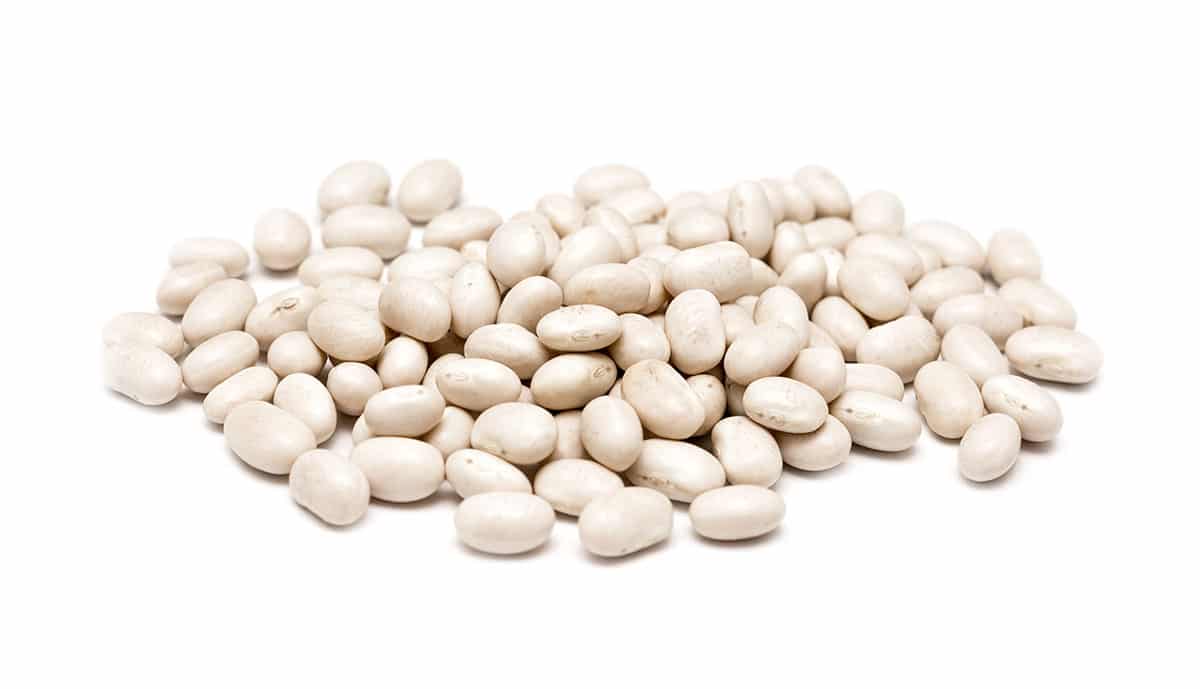
Great Northern Beans are a white bean quite similar to cannellini. You can easily substitute these for any recipe calling for cannellini beans. If you want a great vegan white bean chili try our favorite Vegetarian White Bean Chili.
If you need white beans in your chili, great northern beans work great. They also stay good while they’re cooking. Their slightly nutty taste is great, but as your chili cooks, they take on the taste of other ingredients. As with most beans, they are very healthy. A quarter-cup serving has 8g of protein and 7g of fiber.
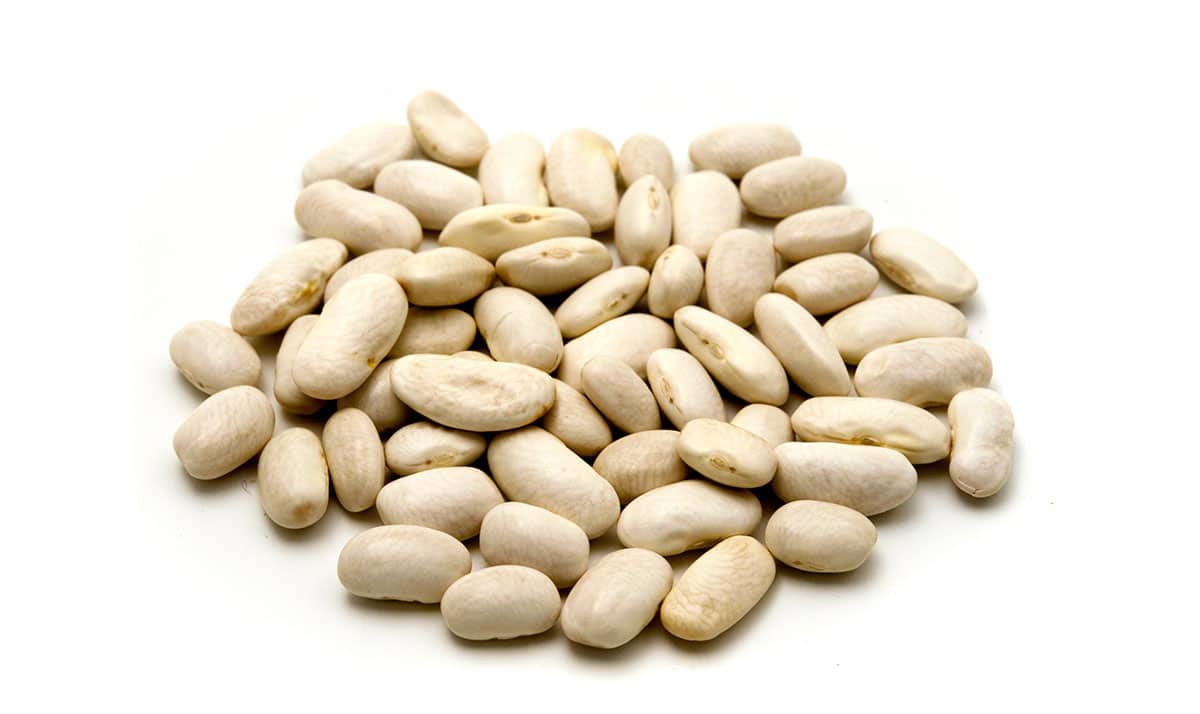
Cannellini Beans are sometimes called White Kidney Beans. They are a large ivory colored bean native to Italy. They can be used in any recipe that calls for white beans or navy beans. Our favorite use is in this White Bean Chili. They hold up well in heat, retaining their meaty texture and taste rather like kidney beans do.
These are the traditional chili bean choices, but there are other great recipes that use a lot of different kinds of beans. For more ideas on other possibilities check out 29 Types of Beans. Because hey “What kind of beans go best in Chili?” The ones you like best of course.
The SHOCKING SECRET to great chili
FAQ
What kind of beans are best for chili?
What kind of beans are canned chili beans?
What is traditional chili made of?
What beans go in chili besides kidney?
